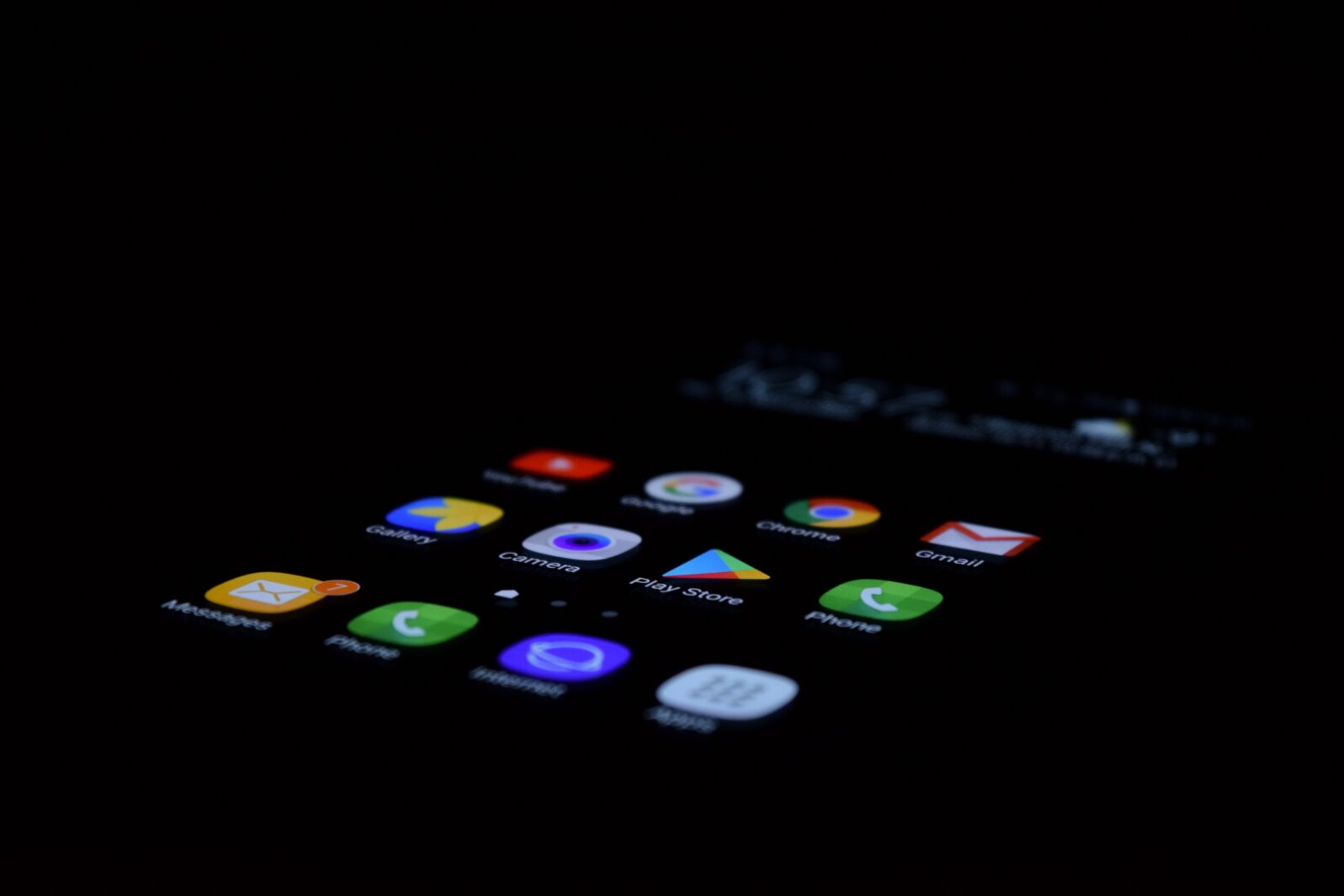Quell the Cell and Kids Do Well?
That sounds simplistic but it worked at a girls’ school in New ZealandA small New Zealand boarding school for Maori girls has shown that wealth and color are not necessarily decisive factors in academic achievement. High goals, discipline and, perhaps most critically, a ban on cellphones, have seen St Joseph’s Maori Girls College reach the top 10 for University Entrance in this year’s high-school league tables, the NZ Herald reports.
On the socio-economic scale applied to New Zealand schools, St Joseph’s sits at the second lowest rank of decile-2, where around 28 percent of students on average gain UE. But last year 23 of its 24 students in its Year 13 class gained University Entrance and Level 3 of the National Certificate in Educational Achievement (NCEA).
Ethnicity generally predicts success rates: 61 percent of Asians and 55 percent of Europeans in Year 13 achieved UE last year compared with only 29 percent of both Maori and Pacific Island students.

The Catholic school’s head of English, Radne Ardern (a cousin of the Prime Minister) attributes its success to some strict rules, including no phones, even though two-thirds of the 213 students last year were boarders. Phones are taken from the girls when they arrive at school and only given back when they leave at end of term. Day girls can bring phones to school but have to leave them in the office and collect them at the end of the day.
Classes are small and teachers return to the school each evening in the third term to give the girls extra tuition. Evening study is part of the school routine from Year 7 onwards, with two evening sessions from Year 9. Maori culture and sports are compulsory but so are academic subjects that will get them into university.
Long-serving principal Dame Georgina Kingi is said to run “a tight ship”, something the girls respond to and their families admire. “The school culture is that we have to do well to make a better future for ourselves,” said former student, Grace Hemara-Tylden, whose grandparents paid (fees are $13,000 a year) for her to attend St Joseph’s for the last two years of high school. Girls wanted to do well to repay their parents, she said.
Perhaps there’s also an element of competition at work in St Joseph’s winning formula. The school is located in the Hawke’s Bay region where there are three other top-ranking private schools: Woodford House and Iona College for girls, and Lindisfarne College for boys – all three reflecting the culture of families of British stock who historically farmed the region.
St Joseph’s Maori Girls College may just want to show that they can do as well as the heirs of the colonial elite.
By Carolyn Moynihan. Reprinted with permission from MercatorNet. Carolyn Moynihan is deputy editor.
See also: Children are watching much less TV
The video game is more than just a distraction! It can challenge a techno-materialist view of life
and
Beyond the Google Search Andrew McDiarmid: Today’s search technology may provide us with an “answer” we did not work for and won’t remember